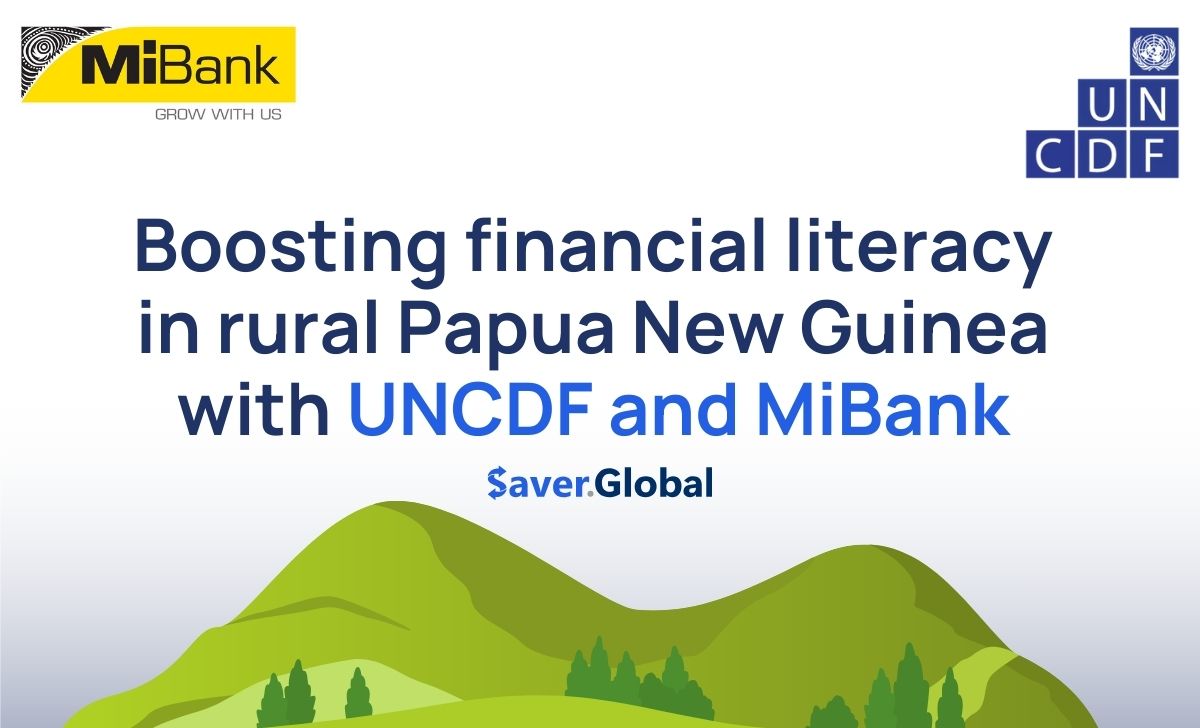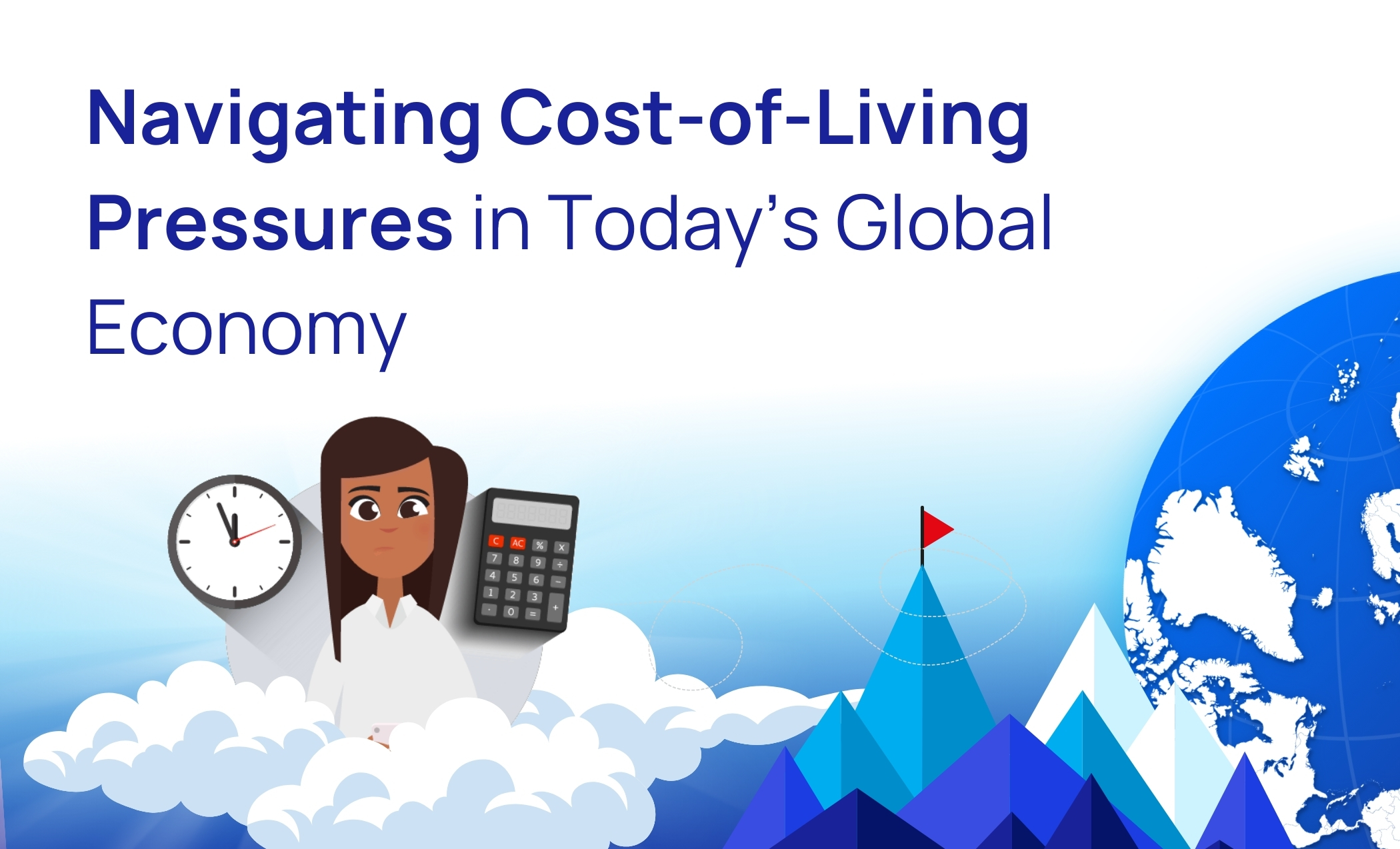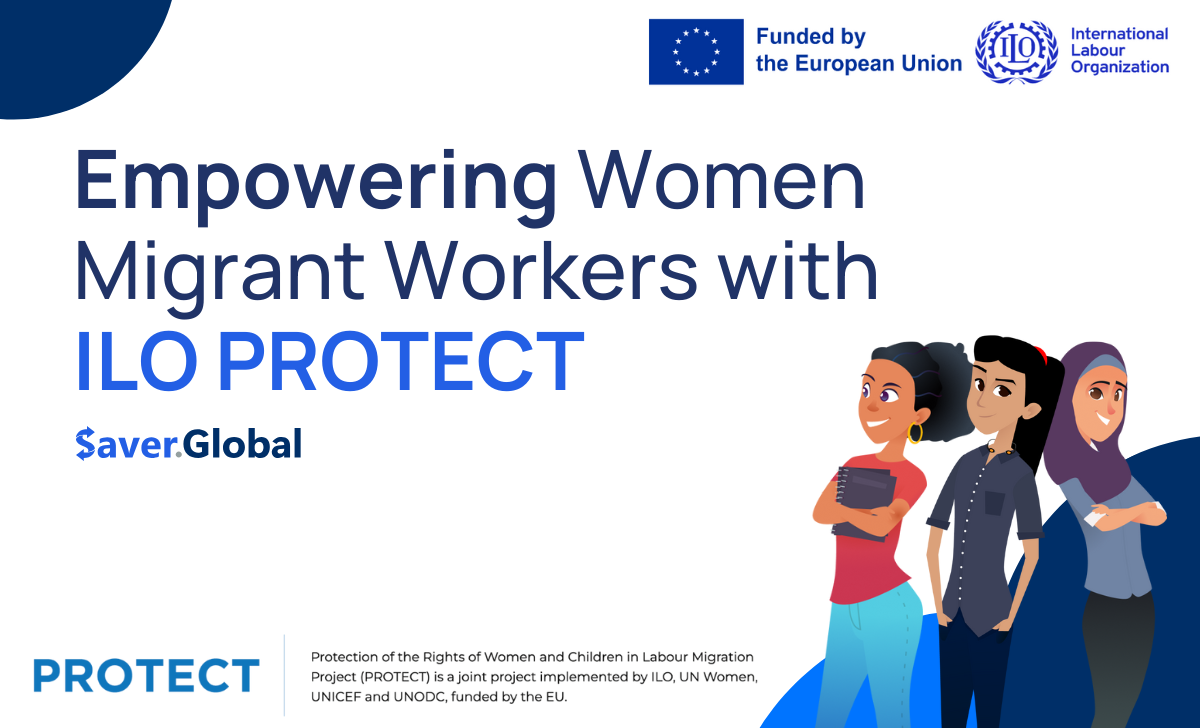Why the Pacific needs better data
 Eden Conway
Eden Conway

The 4 pillars of remittance data and why remittance receiving countries need a higher standard of data collection
The unfortunate reality is that the countries who are most impacted by remittances are often those who struggle most with collecting data on remittances. According to World Bank data 33 countries receive remittances that represent more than 10% of their GDP. As high as 49.9% in Tonga (according to a recent Knomad report). Yet it is these same states that are often most burdened by funding constraints and their Central Banks lack the capacity for sophisticated data analysis. To complicate matters, it is often considered that these countries need to enhance their remittance data collection to match their more developed neighbours, when in fact their data collection needs to become more sophisticated than those of a developed country because remittances are so much more important to their economies. Remittance data collection in remittance dependant countries needs to move beyond balance of payments (the key consideration in developed countries) and towards a holistic understanding of how remittances are contributing to development.
This article briefly outlines the four key pillars of remittance data collection that remittance receiving countries should measure as they shape their development policies.
Total Remittance Flows
Total remittance flows are typically the first metric considered in remittance analysis, it refers to the aggregate sum of all financial transfers remitted by migrants to their home countries. Accurate, consistent and disaggregated data on total remittance flows are indispensable for several reasons. First, they offer a macro-level perspective of the financial landscape, allowing policymakers to gauge the significance of remittances in comparison to other forms of financial inflows such as foreign aid or direct investments. Moreover, discerning the volume of remittances from different sources and via different methods can inform strategic allocations in national budgets, spotlighting sectors or regions that might benefit from a more targeted deployment of resources. In the case of low-income countries, where remittances can constitute a significant fraction of the GDP, such insights are particularly critical for orchestrating development initiatives.
Remittance Costs
The costs associated with remittance transactions constitute the second pillar. These costs, ranging from service fees to exchange rate margins, often chip away at the amount that ultimately reaches the recipient. Lowering these costs is especially crucial in a development context. By reducing transaction fees, for instance, a greater share of the remitted funds reaches its intended destination, thereby amplifying the developmental impact per unit of currency. In the case of Tonga (with remittance inflows totalling 50% of GDP) a reduction of average remittance costs from 4% to 2% would result in an additional equivalent of 1% GDP reaching beneficiaries. Remittance costs cannot be overlooked when considering the development impact of remittances. This policy direction aligns with the United Nations Sustainable Development Goal of reducing the transaction costs of migrant remittances to less than 3 percent by 2030.
Remittance Impacts
The third pillar, Remittance Impacts, entails the economic and social repercussions of remittance inflows. While remittances may alleviate immediate financial constraints for recipient households, their broader implications are nuanced and multifaceted. Data within this pillar is often the most sought after by policy makers but the least captured. For policymakers, unpacking these nuances is vital for formulating strategies that augment the positive impacts of remittances. For example, data may reveal that remittances are primarily expended on consumption of foreign goods. In such cases, policies could be designed to incentivize the investment of remittances in sectors like education, healthcare, or local entrepreneurship, thereby contributing to longer-term development goals.
Remittance Accessibility
Lastly, Remittance Accessibility addresses the ease with which remittances can be both sent and received. Despite technological advancements, numerous obstacles—ranging from limited access to financial services in rural areas to stringent regulatory frameworks—can hinder remittance flows. Improving accessibility is, therefore, not merely a matter of convenience but also of development impact. For low-income countries, facilitating easier access to remittances by deploying mobile payment technologies or simplifying legal requirements for financial transactions can serve to democratize the benefits of remittances, allowing for a broader-based development impact.
What’s next?
The critical importance of remittances in the economies of low-income countries cannot be overstated. These financial inflows, often forming a substantial portion of national GDP, are more than mere monetary transactions; they are vital lifelines that sustain economies and support millions. However, the capacity to effectively collect and analyze remittance data in these countries is frequently hindered by resource constraints and a lack of sophisticated analytical tools. This gap in data collection and analysis not only undermines the potential for informed policy-making but also hinders the strategic leveraging of remittances for sustainable development.
As we have explored, the four pillars of Total Remittance Flows, Remittance Costs, Remittance Impacts, and Remittance Accessibility provide a framework for addressing these challenges. By adopting a more nuanced approach to remittance data collection that goes beyond traditional balance of payments analysis, remittance-dependent countries can gain deeper insights into how these funds are impacting their economies and societies. This approach requires not just matching but surpassing the data sophistication of developed nations, recognising the unique and outsized role that remittances play in these economies.
The path forward for maximising the development impact of remittances in low-income countries is clear. It demands a commitment to enhancing data collection capabilities, fostering a deeper understanding of remittance dynamics, and, most importantly, crafting policies that are informed by this rich data landscape. By doing so, these nations can turn the challenge of remittance dependence into an opportunity for sustainable growth and development, ultimately transforming the lives of their citizens for the better.
References
[1] The World Bank, Personal remittances, received (% of GDP), Accessed 14/12/23, https://data.worldbank.org/indicator/BX.TRF.PWKR.DT.GD.ZS?end=2022&start=1970&view=chart
[1] World Bank Group and Knomad, Migration and Development Brief November 2022, Accessed 14/12/23. https://www.knomad.org/sites/default/files/publication-doc/migration_and_development_brief_37_nov_2022.pdf
Photo by Katie Moum on Unsplash
Eden Conway
Eden brings both humanitarian and development experience into the saverglobal.com strategy. He builds on our ability to revolutionise international development in his role as General Manager, Operations.













